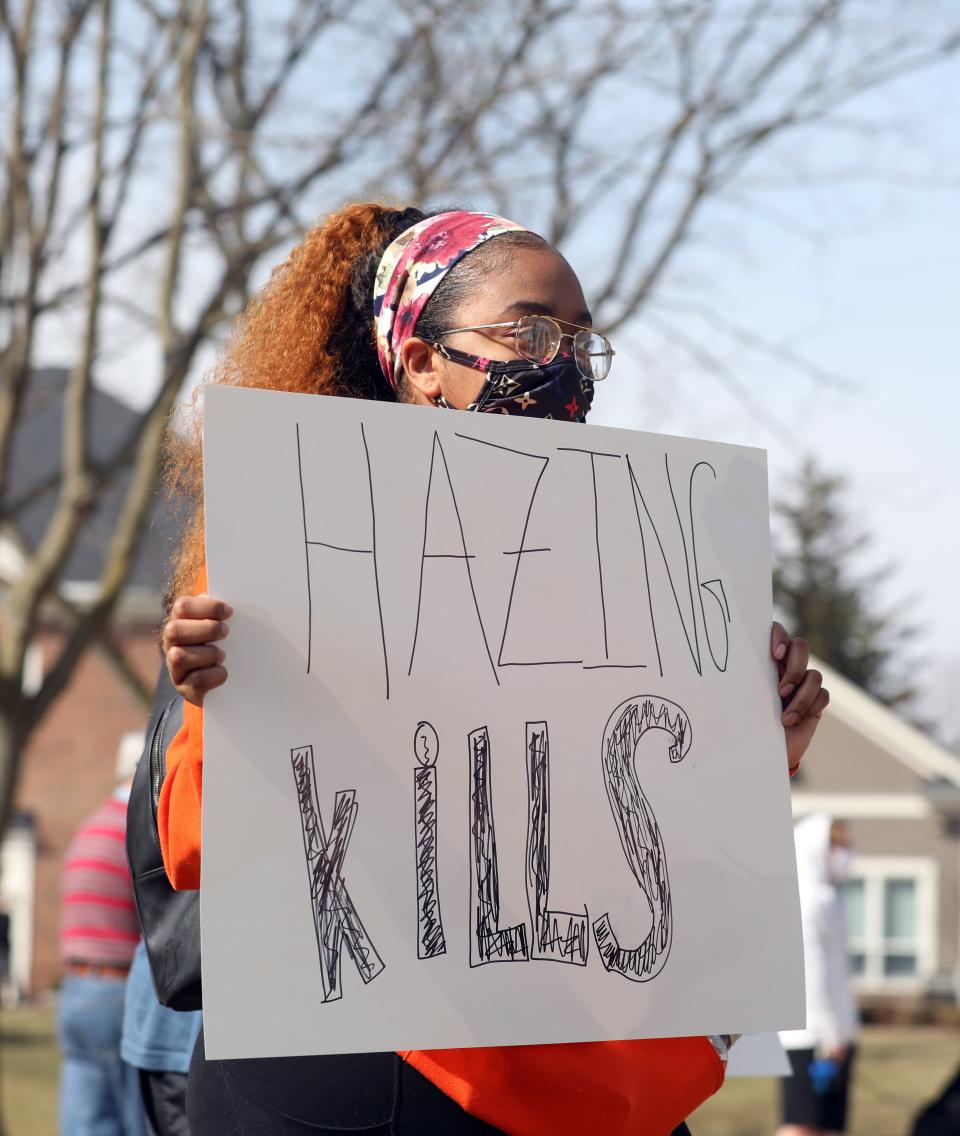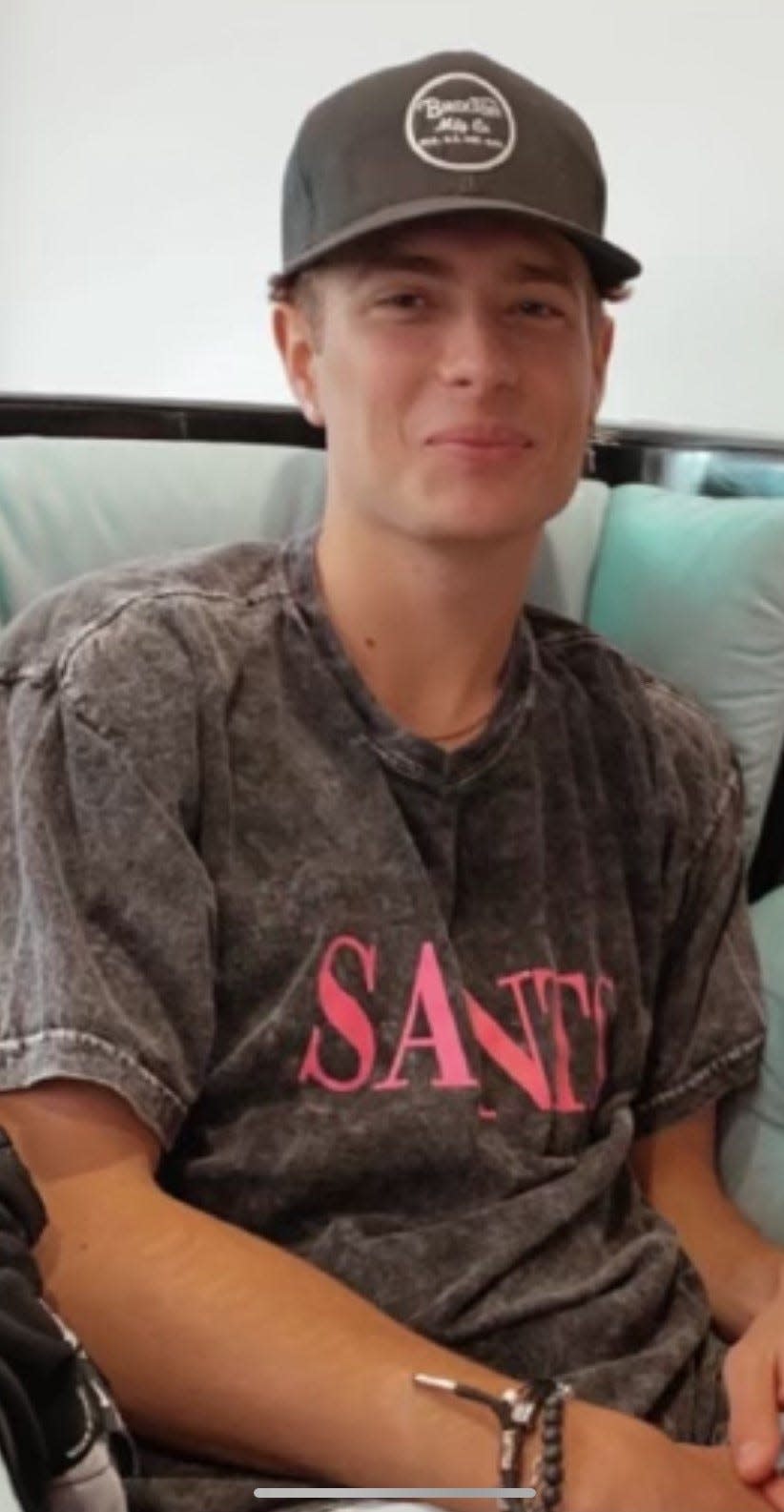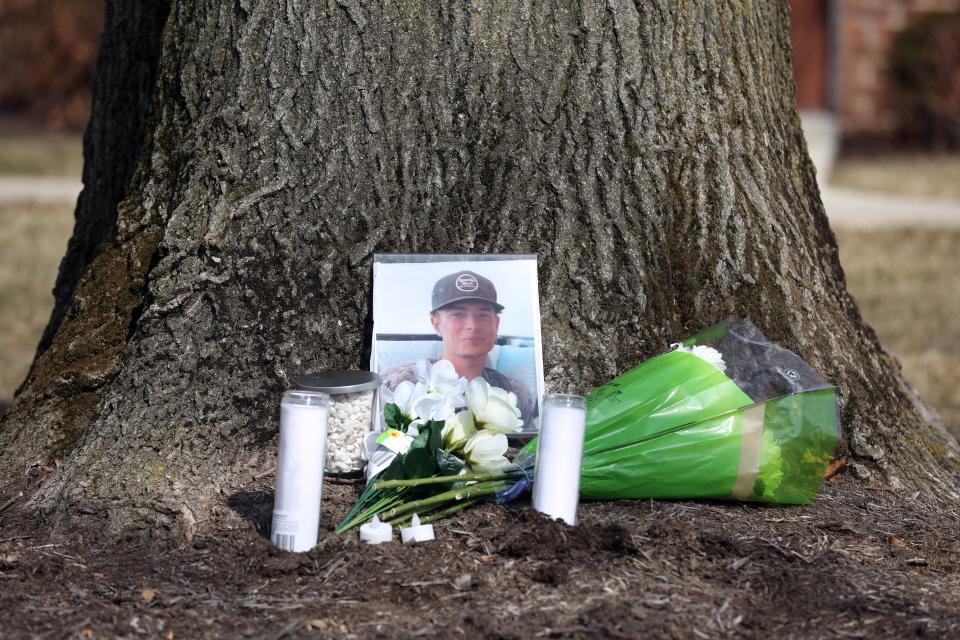College leaders gather at Bowling Green State University for first Ohio Anti-Hazing Summit
- Oops!Something went wrong.Please try again later.
BOWLING GREEN –– For parents and educators, August marks the beginning of the back-to-school countdown. But students' return to campus at many schools also signifies the return of hazing.
It's for that reason that Bowling Green State University hosted college and K-12 professionals from across the state Tuesday to discuss hazing prevention at the first Ohio Anti-Hazing Summit.
Ohio anti-hazing: Ohio college presidents discuss 'zero tolerance' anti-hazing principles with Gov. Mike DeWine
About 200 people gathered at Bowling Green's Bowen-Thompson Student Union for a day of keynote speakers and breakout sessions. Attendees included officials from Ohio's public and private colleges and universities, as well as some K-12 districts, as well as representatives from fraternities, sororities, student organizations, athletic coaches, advisors and university conduct staff.
The free summit, which was closed to the public, focused on prevention education, resources for mandatory reporters and strategies to eliminate hazing.

Bowling Green President Rodney K. Rogers said one goal of the summit was to create a space where school officials could network and share best practices around hazing prevention.
"We want to create a renewed sense of energy around why they can continue to evolve and elevate their work to end hazing," he said. "It's about keeping the message fresh."
BGSU hazing death: Stone Foltz’s family continue fight against hazing one year after BGSU fraternity death
Professor: Ohio on forefront of hazing prevention because of Collin's Law
A major focus of the event was Collin's Law: Ohio's Anti-Hazing Act, which was signed by Gov. Mike DeWine in July 2021. Collin’s Law created harsher penalties for hazing, a statewide curriculum for college students about hazing and requires more transparency at the university level to report and share hazing incidents.
Elizabeth Allan – a professor of higher education at the University of Maine and principal of the hazing prevention nonprofit StopHazing – was one of the summit's keynote speakers. She said combating hazing will require a public health approach coupled with good data about the issue.
"First and most importantly, anti-hazing work is a collective action," she said. "We all need to work together to disrupt the idea that it is just tradition, just an initiation, just a harmless prank."
Allan said Ohio is on the forefront of hazing prevention in part because of Collin's Law, which expanded the definition of hazing to include coercive behavior. It also mandates transparency from colleges and universities and requires anti-hazing education.
Collin's Law was signed with haste last summer to ensure that it would be in place for the coming school year, when students statewide would begin the annual rushing process for Greek organizations.

Several fraternities and sororities have been reprimanded for hazing since Collin's Law went into effect, including a couple on Bowling Green's campus. Rogers said that's actually good progress because it shows "the culture has begun to shift."
"There were more suspensions on college campuses as a result of Collin's Law. That means that people are speaking up," he said. "They're learning about the issues and following up."
How BGSU is responding after Stone Foltz hazing death
Rogers said Bowling Green has worked to be on the front lines of hazing prevention since the tragic death of one of its students, Stone Foltz.
Foltz, a 20-year-old BGSU sophomore from Delaware, died in March 2021 of fatal alcohol intoxication after an initiation event held by the Pi Kappa Alpha International fraternity better known as PIKE.
Shari and Cory Foltz, Stone's parents, filed a lawsuit with the Ohio Court of Claims against Bowling Green in June claiming the university is responsible for their son's hazing death.
The lawsuit alleges that BGSU was aware of — and ignored — hazing activities taking place at its Greek organizations, including at Pi Kappa Alpha.
Rogers said he couldn't comment due to pending litigation but said all parties are "united to eradicate hazing."

Listen: The Broken Pledge podcast
Sheridan Hendrix is a higher education reporter at the Columbus Dispatch. You can reach her at shendrix@dispatch.com. You can follow her on Twitter at @sheridan120. Sign up for her Mobile Newsroom newsletter here and her education newsletter here.
This article originally appeared on The Columbus Dispatch: BGSU holds first Ohio Anti-Hazing Summit

